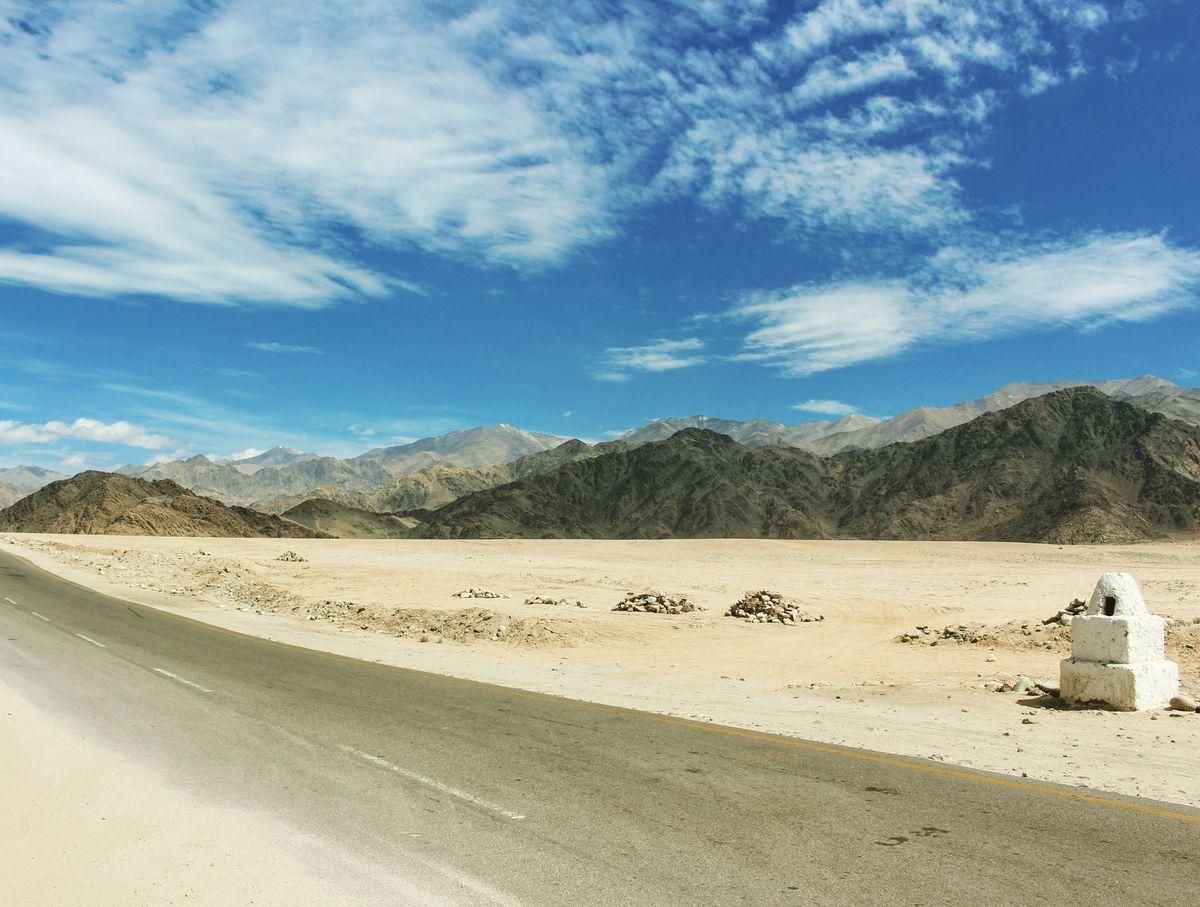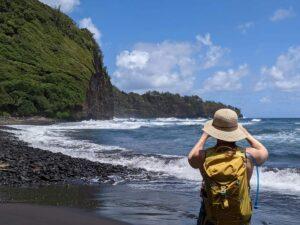Embark on an unforgettable journey through the rugged beauty of the Dempster Highway as you drive towards the Arctic. This remote and scenic route offers a glimpse into the northern wilderness, with challenges and rewards awaiting every traveler.
Key Takeaways
- Pack essential survival gear and supplies for the remote terrain.
- Prioritize vehicle maintenance to ensure a safe and smooth journey.
- Plan your route carefully and be prepared for unpredictable road conditions.
- Stay alert for wildlife encounters along the way.
- Embrace the isolation and immerse yourself in the untouched beauty of the northern wilderness.
Preparing for the Adventure

Packing Essentials
Embarking on the Dempster Highway requires thoughtful packing. Weather can change rapidly, so layering is key. Here’s a quick checklist:
- Thermal wear for the cold nights
- Waterproof gear for sudden downpours
- Sun protection for clear days
- Insect repellent for pesky bugs
Don’t forget safety items and tools:
- First aid kit
- Spare tire and jack
- Extra fuel
- GPS and maps
Pack light but don’t skimp on essentials. Space is limited, but preparation is crucial for a safe journey.
Vehicle Maintenance
Before tackling the Dempster Highway, ensure your vehicle is in top shape. Regular maintenance checks are crucial for a safe journey. Focus on the essentials: engine health, tire integrity, and fluid levels.
- Check engine oil, coolant, and brake fluid.
- Inspect tires for wear and carry a spare.
- Test your battery and replace if necessary.
Remember, service stations are scarce. A well-maintained vehicle is your lifeline.
Keep your lights clean; visibility is key. The dusty conditions of the Dempster can obscure your vehicle’s lights, making it hard for others to see you.
Route Planning
Before hitting the road, map out fuel stops and accommodations. Expect limited services; the Dempster is remote. Carry a detailed map and a GPS for navigation.
- Check road conditions regularly.
- Note emergency contact points.
- Plan for longer driving times due to gravel surfaces.
Be flexible with your schedule. Delays are common due to weather or road work.
Remember, the Dempster Highway is a journey, not a race. Take your time to enjoy the views and experience.
Scenic Stops Along the Way

Wildlife Encounters
The Dempster Highway offers a unique opportunity to see Arctic wildlife in its natural habitat. Expect to spot caribou, foxes, and even the occasional grizzly bear.
- Caribou often cross the road in large herds, a breathtaking sight.
- Foxes can be seen darting across the tundra, searching for food.
- Grizzly sightings are rare but thrilling; keep a safe distance.
The key to wildlife viewing is patience and a keen eye. Early morning or late evening are prime times for animal activity.
Remember, these animals are wild. Maintain a respectful distance and do not feed them. It’s essential for their safety and yours.
Historic Landmarks
The Dempster Highway is not just a path through the wilderness; it’s a journey through history. Discover remnants of the past at every turn.
- The interpretive site at Mile 0 marks the beginning of your historic journey.
- At Tombstone Territorial Park, learn about the Tr’ondëk Hwëch’in people and their land.
- Relics of the Klondike Gold Rush appear as you approach Dawson City.
The highway itself is a monument to engineering and determination, built on dreams of gold and a connection to the Arctic.
Each site tells a story, offering a glimpse into the lives of those who walked this land before us.
Photo Opportunities
The Dempster Highway is a photographer’s dream. Capture the raw beauty of the landscape at every turn. Keep your camera ready for the unexpected.
- Tombstone Territorial Park offers dramatic vistas.
- The Eagle Plains provide a perfect backdrop for the Northern Lights.
- Snap the midnight sun hovering over the tundra.
Remember, the best shots often come from the least expected places. Venture off the beaten path, but always stay safe.
Challenges of the Dempster Highway

Weather Conditions
The Dempster Highway presents unpredictable weather, making preparation key. Expect swift changes, from sunny skies to sudden snowstorms.
- Summer brings 24-hour daylight but also mosquitoes and rain.
- Fall offers a colorful tundra but comes with frosty nights.
- Winter challenges drivers with extreme cold and icy roads.
- Spring may seem inviting, but beware of melting snow and potential floods.
Always check the forecast and pack for all scenarios. Roadside assistance is scarce, so self-reliance is crucial.
Road Conditions
The Dempster Highway presents unique road conditions that can challenge any driver. Gravel surfaces dominate, making for a bumpy ride. Sharp stones often lead to tire damage, so carrying spares is a must.
- Expect frequent changes in road quality.
- Be prepared for sudden dips and soft shoulders.
- Watch for wildlife on the road.
The highway’s remote nature means help is far away. Self-sufficiency is key.
Weather greatly affects road conditions. For instance, a forecast from Environment Canada for the Dempster area might read: Partly cloudy with a risk of frostbite. Such forecasts are crucial for planning safe travel.
Isolation Risks
The Dempster Highway offers a true escape from the hustle of modern life. Traveling in such remote areas requires self-sufficiency.
- Always inform someone of your travel plans.
- Carry extra food, water, and emergency supplies.
- Know basic vehicle repair skills.
The sense of solitude can be profound, but it’s vital to be prepared for any scenario.
Remember, help can be hours away, if not longer. A satellite phone or a GPS device is not just recommended, it’s essential.
Conclusion
In conclusion, driving the Dempster Highway to the Arctic is a truly unforgettable adventure that takes you deep into the heart of the northern wilderness. From the rugged landscapes to the unique wildlife encounters, this journey offers a glimpse into the raw beauty of the Canadian North. Whether you’re a seasoned traveler or a nature enthusiast, this road trip is sure to leave you with lasting memories. So, pack your bags, fuel up your vehicle, and embark on this epic drive to experience the untamed beauty of the Arctic firsthand!
Frequently Asked Questions
Is the Dempster Highway drive suitable for all vehicles?
The Dempster Highway is mostly gravel and can be rough in some sections, so it is recommended to have a sturdy vehicle like an SUV or truck. Compact cars may struggle on certain parts of the road.
Are there gas stations along the Dempster Highway?
There are limited gas stations along the Dempster Highway, so it is crucial to fill up whenever the opportunity arises. It’s advisable to carry extra fuel just in case.
What wildlife can be encountered along the Dempster Highway?
Wildlife sightings may include bears, moose, caribou, and various bird species. It’s important to observe wildlife from a safe distance and not approach them.
How should I prepare for extreme weather conditions on the Dempster Highway?
Pack warm clothing, blankets, extra food and water, and emergency supplies in case of unexpected weather changes. It’s essential to be prepared for cold temperatures and strong winds.
Are there any accommodations along the Dempster Highway route?
There are limited accommodations along the Dempster Highway, with some campgrounds and lodges available. It’s advisable to make reservations in advance or be prepared for camping in remote areas.
What are the best months to travel the Dempster Highway?
The summer months from June to August are the most popular for traveling the Dempster Highway due to milder weather conditions and longer daylight hours. However, be prepared for varying weather even in the summer.




